Sankh or Conch- Significance in Hinduism
Sankh or Conch- Significance of Different Varieties in Hinduism
A hobby is an activity that we do for pleasure or relaxation. Hobbies do vary from person to person based on their interest and likes. Some like painting collections, while some like stamp collections.
My mom loves collecting varieties of keychains from different places and coin collections. One of her weird collections is water from different rivers in airtight and small bottles. After all, I am her daughter and inherited this nature from her. I also collect coins like her but the rest hobby collections are different. I love collecting conches from different cities I travel to and explore in India. I am not aware if such amazing conches are available in any other cities of the world or not. Indian mythology, history, and astrology talk in length about conches. Well, I will share a brief about the popular varieties of conches.
Hinduism, one of the oldest religions in the world, is steeped in rituals and symbolism. Among the pantheon of its symbols, the ‘Shankha’ or ‘Conch’ holds a prominent position.
It is intricately linked with Hindu mythology and practice and takes on many different manifestations, each with a special spiritual significance. Let’s study the fascinating conch variations and go deeper into the conch’s ethereal universe.
1. The Dakshinavarti Shankha, or Right-Handed Conch
One of the most coveted and rare conchs is the “Shankha” or Right-Handed Conch, sometimes called the Dakshinavarti Shankha. Its unique clockwise spiral, representing eternal motion, stands out. This sacred conch is thought to bestow blessings of abundance and good fortune. It connects to Goddess Lakshmi, the goddess of wealth and success. In rites and celebrations, its presence is seen as fortunate since it symbolizes the victory of good over evil.
2. The Vamavarti Shankha or Left-Handed Conch
The Vamavarti Shankha, or Left-Handed Conch, is the most prevalent, moving anticlockwise. Its spiraling shape, which emanates a soft, relaxing energy, tracks the moon’s path. It gets frequently utilized in religious rituals as a symbol of Lord Vishnu, the keeper of the universe. From the religious point of view, blowing this conch will clear the area of any bad energy, bringing peace and the presence of god.
3. The Kauri Shankha
Next is the Kauri Shankha. It is a small, white, shell-shaped conch often used to worship Goddess Lakshmi. It stands for wealth, peace in relationships, and love. Its use in rituals is believed to appease the goddess and benefit the worshiper’s life by bringing them material abundance and wholesome relationships. Many Hindu homes utilize it as a protective amulet because of the widespread belief that it aids in fending off the evil eye and other negative energies.
4. The Ganesha Shankha
The Ganesha Shankha, named after the elephant-headed God Ganesha, is revered as the remover of obstacles. With a protuberance resembling an elephant’s head, this unusual conch represents the virtues of Lord Ganesha. It is thought that placing at altars or puja rooms will remove obstacles, promote wisdom, and clear the way for achievement. The Ganesha Shankha is a sign of new beginnings and auspiciousness, just as the god it symbolizes.
5. The Heera Shankha
The moniker “Diamond Conch,” which refers to the Heera Shankha, comes from the creature’s exceptional hardness and luster. It is Lord Indra, King of the Gods,’s heavenly home. Worshiping this Shankha is believed to provide the devotee courage and strength. Ceremonies frequently employ it to achieve success, power, and enemy protection.
6. The Moti Shankha
The ‘Moti Shankha,’ or ‘Pearl Conch,’ has a pearl-like radiance and is known for its mesmerizing beauty. It brings peace, wealth, and emotional harmony connected to the Moon God, Chandra. When utilized in rituals, this Shankha radiates peaceful and harmonious vibrations, fostering a supportive environment for the devotee.
7. The Kapaal Shankha
One of the rarest varieties, the Kapaal Shankha, often called “Skull Conch,” is formed like a human skull. It represents Lord Bhairava, an aggressive personification of Lord Shiva. Worshiping this Shankha can help people overcome obstacles and fears while bestowing a transformational force. It emphasizes the transience of existence by embodying the cycle of life and death.
8. The Dhanavarta Shankha
The Dhanavarta Shankha, or ‘Wealth-giving Conch,’ has a unique spiral shape resembling a cashew nut. It is said to bring prosperity and good health because it got named after Dhanvantari, the god of Ayurveda and longevity. It is a prized item in many Hindu homes because its participation in rituals and celebrations is said to bring prosperity and well-being.
9. The Gaumukhi Shankha
Last but not least, the Gaumukhi Shankha, also known as the “Cow-faced Conch,” represents the purity and kindness of a cow. It has a connection with Lord Shiva and Goddess Ganga. This Shankha is used in rituals to purify the mind, clear the environment, and bring about a wave of newness and rebirth.
10. The Padma Shankha
The Padma Shankha, also known as the ‘Lotus Conch,’ is another fascinating variety. It represents the attainment of spirituality and the blossoming of wisdom and resembles the lotus flower’s unfolding petals. It is linked to Goddess Saraswati, the deity of learning and knowledge. The Padma Shankha gets worshipped because many believe it grants its devotees wisdom and enlightenment.
Hinduism’s multiple manifestations of the ‘Shankha’ or ‘Conch’ serve as a tribute to the profundity and variety of this age-old faith. Each conch serves as a lighthouse for the devotees, leading them on their spiritual path because of its distinctive form and spiritual importance.
They are more than just ritual items; they are universal knowledge-carrying symbols linking humanity to the divine. We become more aware of the profound spiritual lessons inside these many conchs as we investigate them, which helps us better grasp the cosmos and our place within it.
This blog post is part of the blog challenge ‘Blogaberry Dazzle’
hosted by Cindy D’Silva and Noor Anand Chawla
in collaboration with Monidipa Dutta.

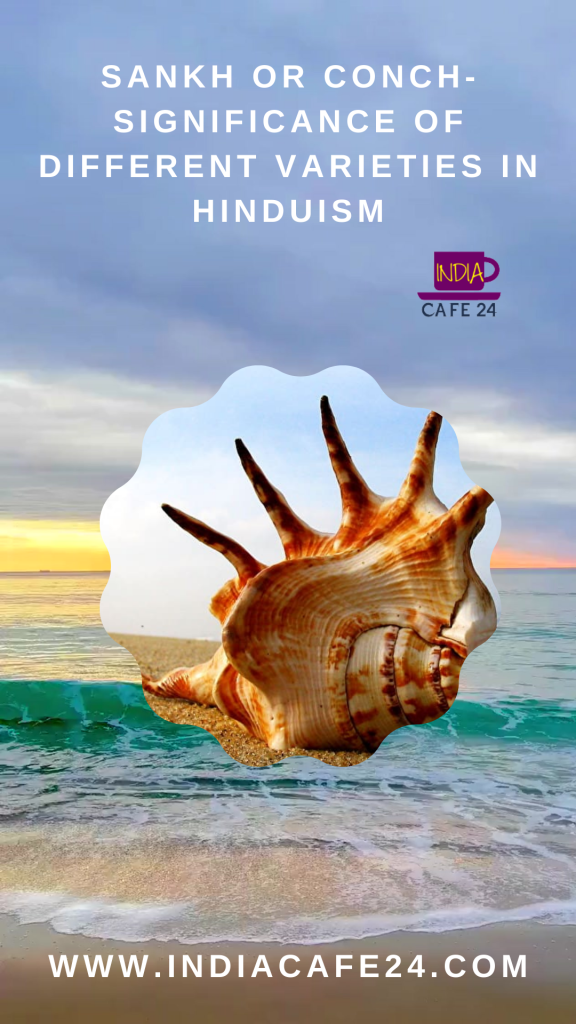
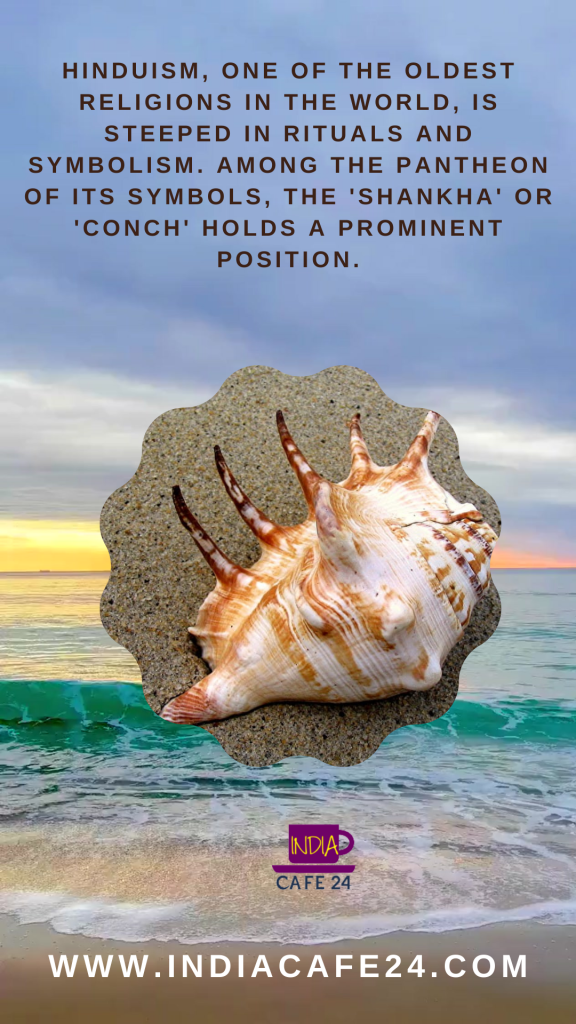
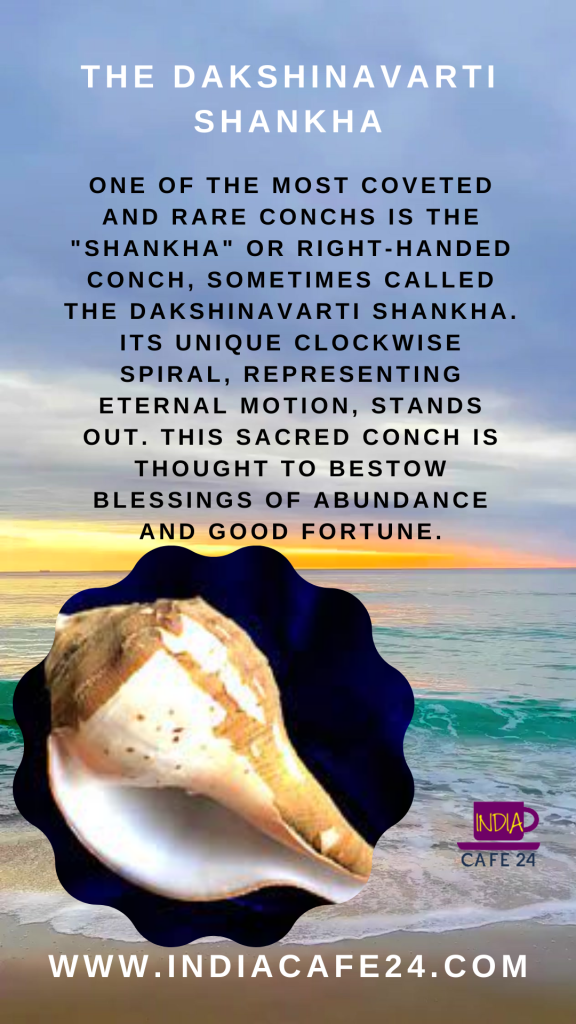
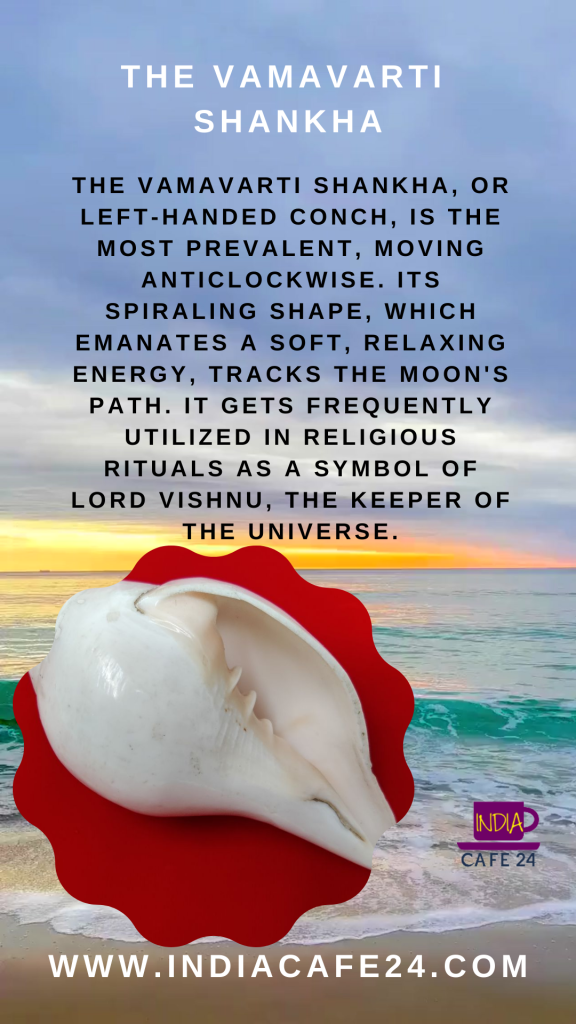
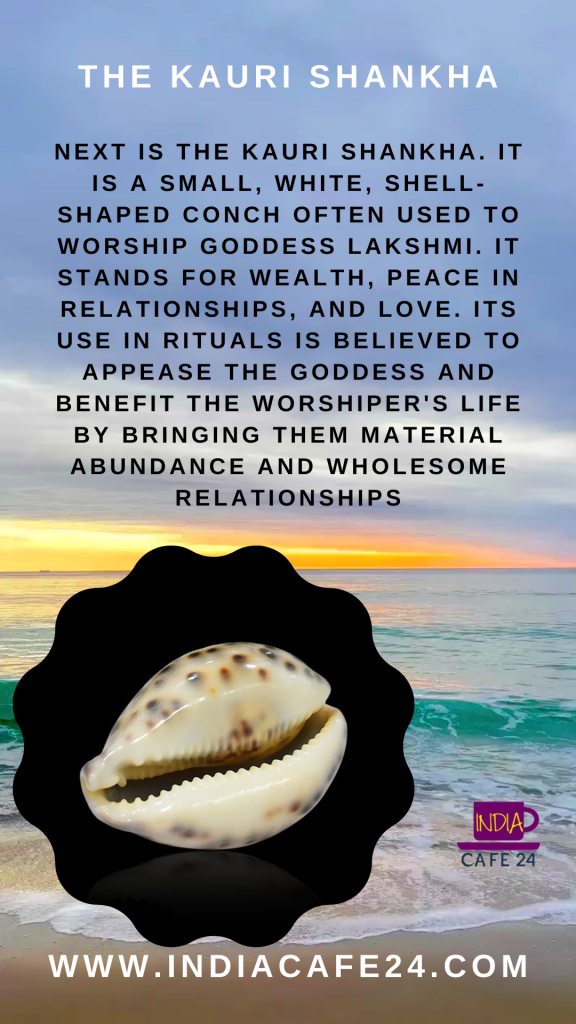
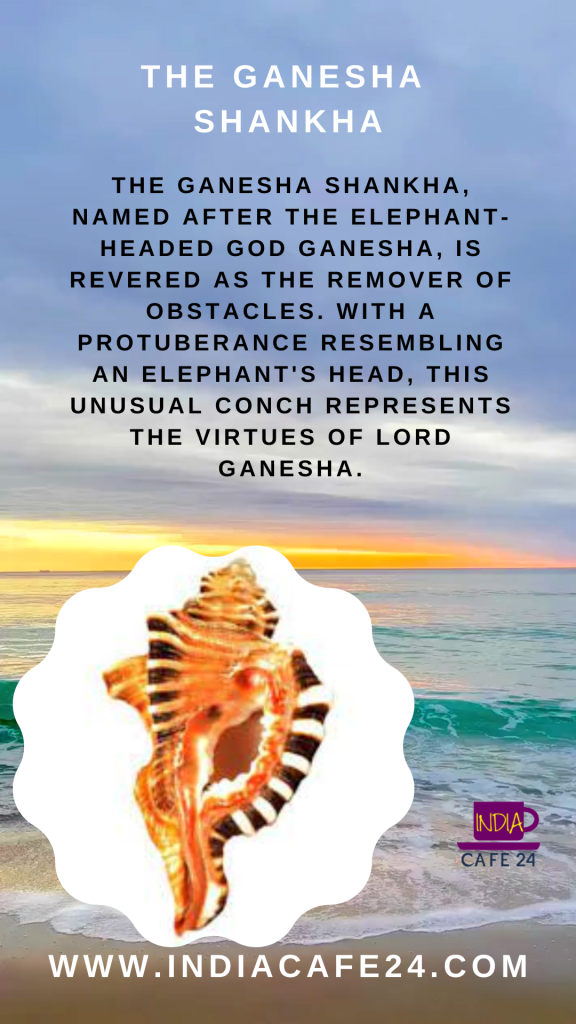
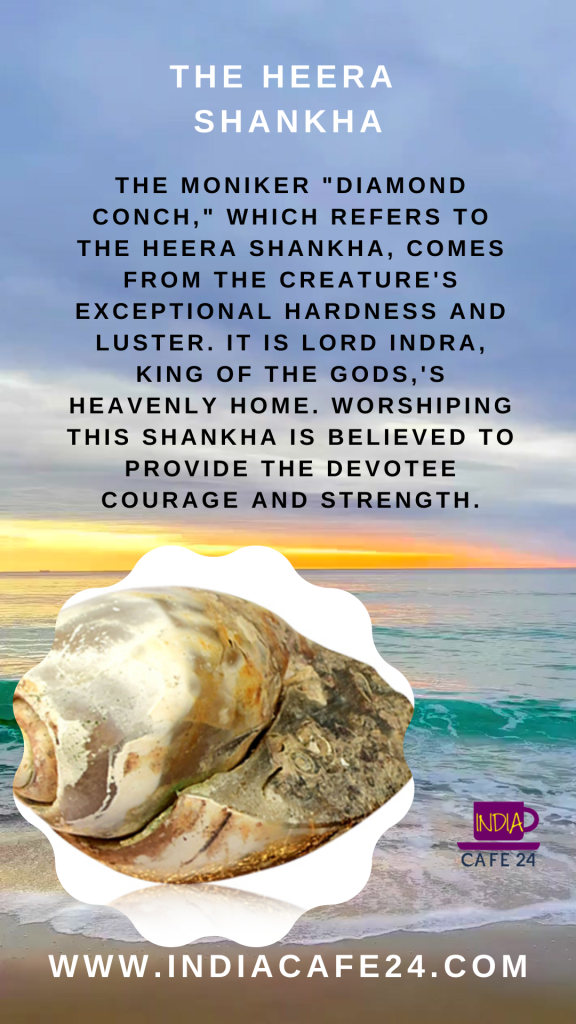
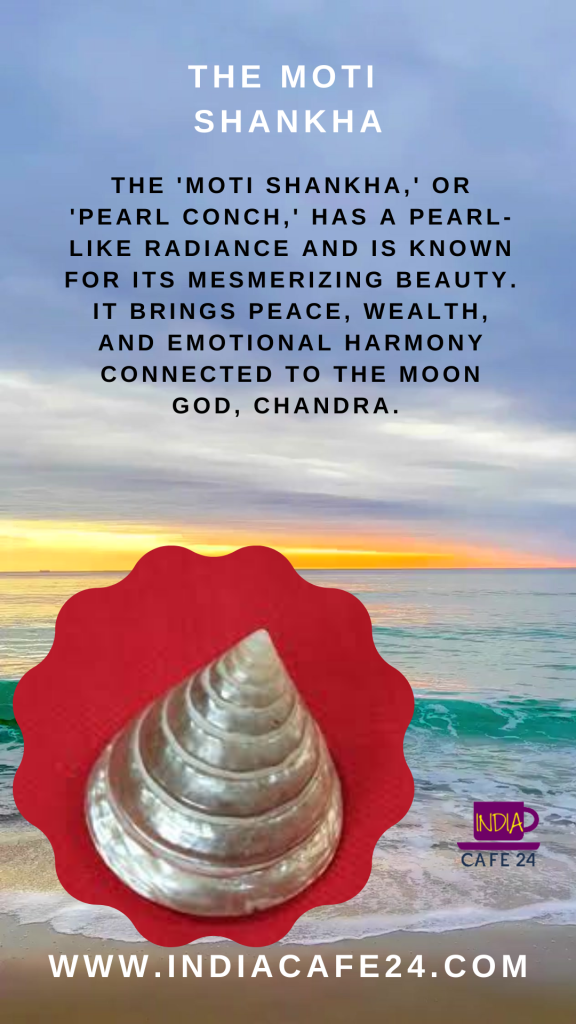
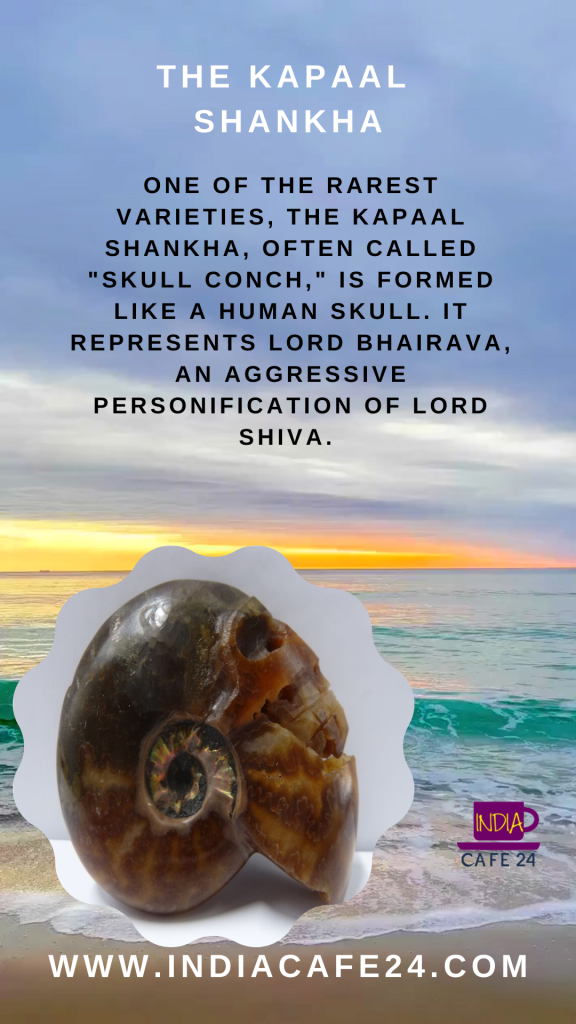
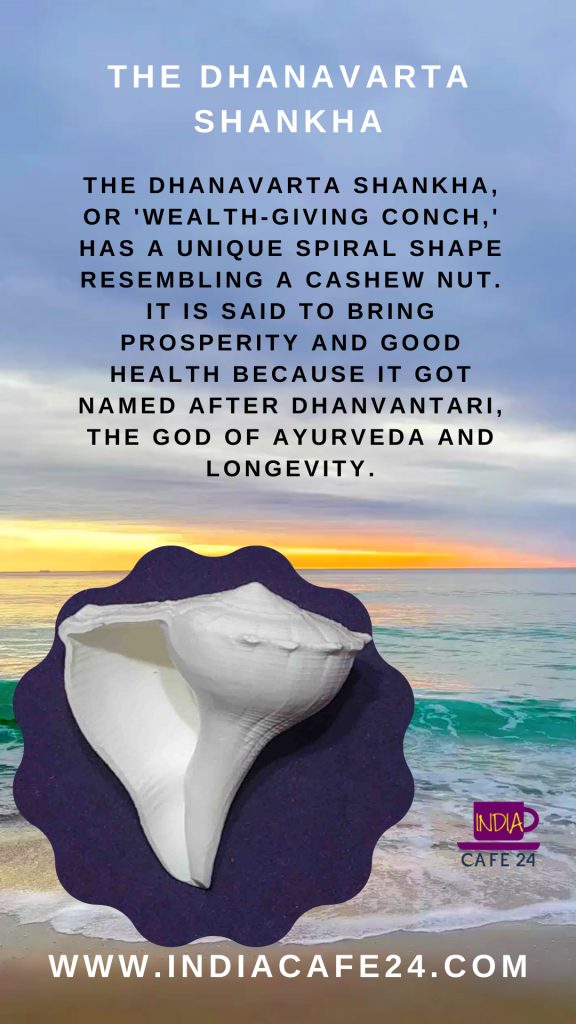
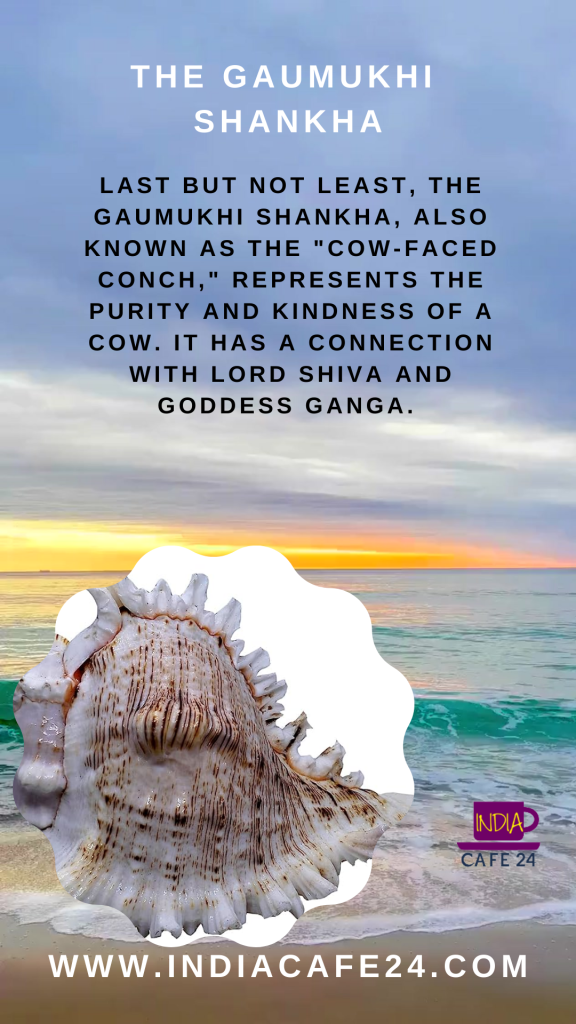
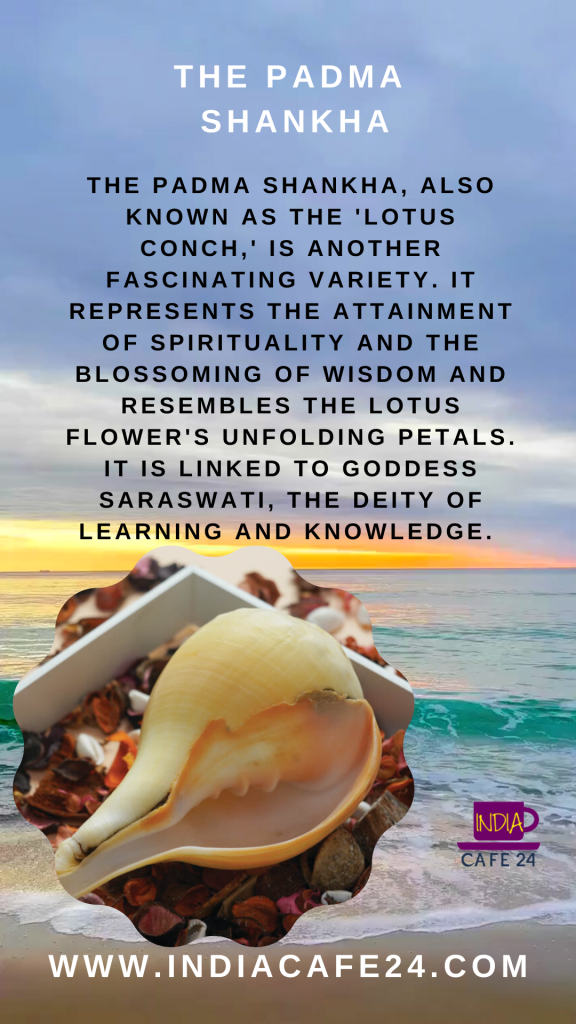
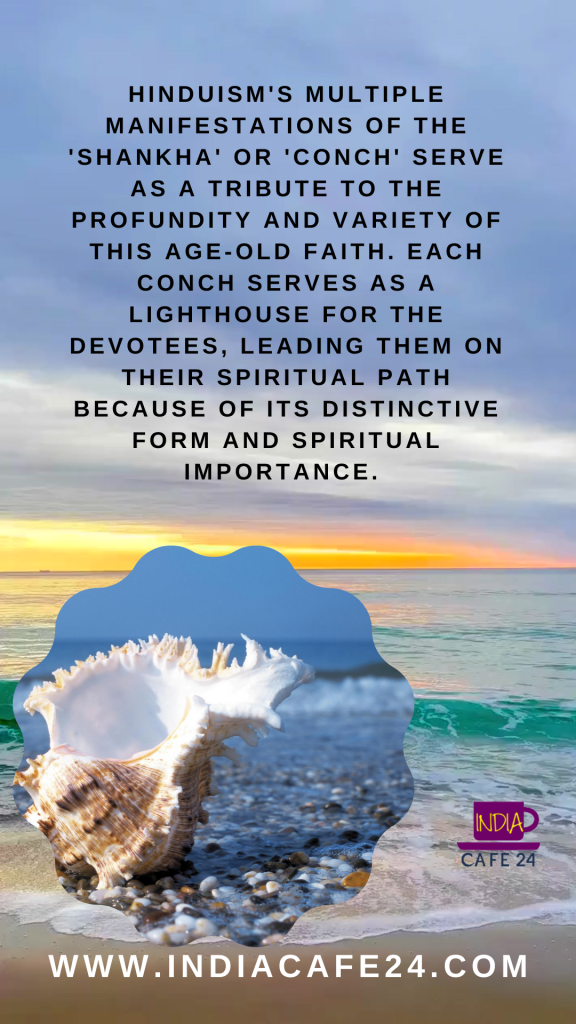
Great post, Samata. I have seen all these shells and I collect them too but I never knew the religious significance of all of them except the first two. Thank you for sharing such invaluable information on shankh.
That’s a very comprehensive post on seashells. I love the sound of the shell, esepcially at arati time. However, the Kapal Shankh is something new for me. I don’t think I have seen that.
We did have a large conch in our Pooja ghar but it was seldom used only during special hawans etc. as a kind of invitation to the Gods to come and attend the ceremony. Wonderful post, it just enriched my knowledge about the various types of Conches and their religious significance.
Wow, Samata, your mom’s hobby collection sounds truly fascinating and unique! Collecting keychains, coins, and water from different rivers shows her diverse interests. It’s amazing how you’ve inherited her passion for collecting, focusing on conches from various Indian cities. The deep connection between conches and Hinduism is fascinating, as they hold spiritual importance and symbolize profound spiritual lessons.
The Kapaal Shankha is new to m; I have never seen or heard about this.
A very informative post. I have seen these shankh but I didn’t know what they signified. As always, I learnt something new today by visiting your blog. God bless you.
That’s such good information Samata… I didn’t know conches signify things… I only thought they are used during pujas to blow. And I love the sound of the shankha. It’s my fav part of pujas😊 I have seen almost all these conches but it was delightful to read about them.
We have different conches at home. After I read your post yesterday, I went and checked out each one. Thanks for sharing such an informative post, Samata. I didn’t know each shell had a different significance.
I knew conches were used in Puja and especially the sound is supposed to create positive vibrations. But I didn’t know the various types that was there and the significance of each. Thanks for sharing such an informative post.
My God! I didn’t realise there were so many types of conches. I grew up in Kolkata where every evening Bengalis have a ritual to blow the conch every day at sunset. At home we had the Dakshinavarti shankha for the longest time. I’m surprised you collect Shankas…how do you get them? And what a beautiful and unique hobby both you and your mother have.
Always a great deal of learning. That’s quite an informative post on conches. Though we see only those we use for pooja the other varieties with pictures and effects they bring to us were truly a fascinating read.
Being a Bengali, the shankha is an integral part of our household. I have heard it blown twice everyday, during Puja. We too have an obsession with collecting shankha. I have all of these at my maternal home. My mom has a weird weakness with the Dakshinavarta shankha. According to her, it should be kept away from the eyes of the outsider. God knows why. Really enjoyed this article. Personally, I have the marine life and conch collection is an integral part of it.
I have seen all these shankhas but didn’t know if their significance. Thank you for your detailed post
Yes, Shankh is really important in Hinduism. But I never knew of so many significances. Thank you for also sharing about your Mom’s hobby. I found it really sweet.
Woah! I wasn’t aware of all these different styles of conches. Have seen one or two at my in-law’s temple but otherwise, I wasn’t aware. This is great information for me, thanks for sharing.
Lovely post. I knew a little bit about Shankh importance but I wasn’t aware of these many variety. Thanks for this detailed post. I am going to save it for future.
I thoroughly enjoyed reading your article about the fascinating variations of conches in Hinduism. Your description of each conch and its spiritual significance is both informative and captivating. It’s fascinating to learn how these conches are deeply connected to Hindu mythology and practice, symbolizing virtues such as abundance, good fortune, peace, and wisdom. Your article beautifully highlights the rich symbolism and spiritual lessons embedded within these conches, making the readers more aware of their profound significance. Thank you for sharing this enlightening piece!
My mom has so many shankhs in her temple . I knew that they had a significant place in Hindu culture but did not know that much details, your post provide great insight on this topic. Thanks for enhancing my knowledge in this subject.
This is a very interesting post on shells. I haven’t used it ever like the way you guys do, but I have heard it many times. When done well, it is soothing to the ears.
I totally agree that Sankh holds a special and very great significance in Hindu’s heart and life, but there are many who don’t know the real meaning of why we keep it at home. Your post is so well written to share the right information and needs to be shared.
well researched post. The sound of the Shankh is so amazing, that it takes away all the negativity. In Mahabharata every prominent warrior has his own personal shankh with its unique sound and identity.
Very interesting. I want aware about all these kinds but O have the first two. Thanks for sharing their significance. Good to know that each one has such deep meaning.
This was highly informative buddy, we do have the Vamavarti Shankha in my in laws home which my nephews play on important festivals, your post enriched me so much on the topic
This is quite an interesting post. I like collecting shells whenever we go for some beach holiday. I also have 3 sankhs which were gifted to me by different people. Now I am curious to check which of these sankh I have with me.
That’s quite an exhaustive information on shank. Though I have seen many shank, Ganesh Shank and Moti Shank were new to me. Have learned a lot, looking forward for more posts like this.
Reminded me of a friend who blows the conch beautifully. I wasnt aware the conch’s association with divine energy, purity, and its role as a sacred instrument in religious practices. Thanks for an informative post.
First thing is that I’ve never know that these many types of conch are prevalent. I was enlightened to know about the various types and it’s significance
I am a Hindu and ironically I didn’t have this much idea and information about conches. Wow i loved the post and i love to share this information with my kids as well
I didn’t even know there were different types of conch shells, let alone their meanings. Really enjoyed reading this post. How many types have you collected so far?